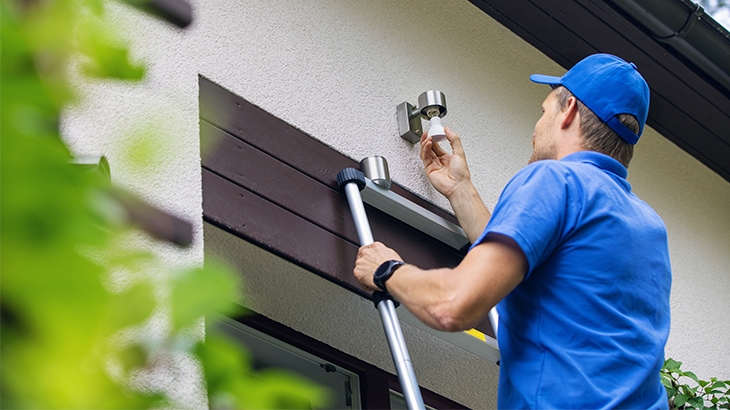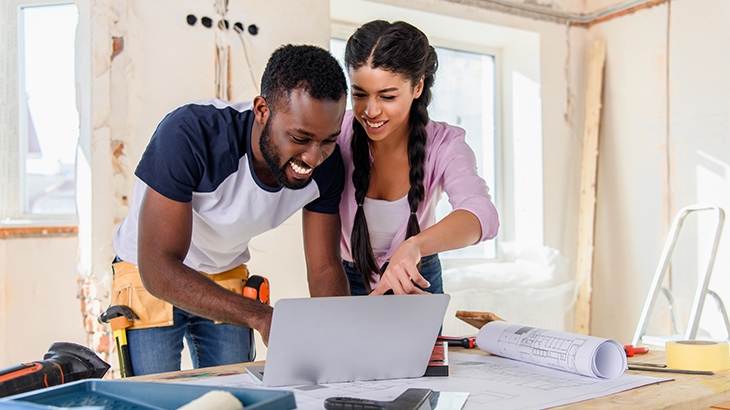5 Green Living Tips for Your Home
Sustainability doesn't have to be expensive—in fact, making your home more sustainable can save you quite a bit of money! There's no time like the present to get started, especially since the sooner you start, the more you'll save for your wallet and our planet.
But with the average solar panel installation costing around $10,000 depending on the state you live in, going green can cost you a lot of green up front. Fortunately, there are some less expensive updates that you can easily make and still have a positive impact on our environment. As a bonus, many of these changes could save you money every month and add value to your home.

- Insulate
This is a huge efficiency factor for homes. Just caulking around windows and adding insulation to attics, crawl spaces, and under the first floor can have a huge impact on your heating and cooling bill. Because heating and cooling use up the most energy in homes, it means you'll not only save money but quite a bit of energy, too. There are many different types of eco-friendly insulation available now, too, such as cellulose, therma cork, and even insulation from denim. - Upgrade Appliances
Swapping out your current appliances for more energy-efficient versions may give you the quickest return on your green investment. The Department of Energy recently reported that most home's appliance's account for about 15% of a house's total energy consumption, so as you shop around, look for appliances with the Energy Star logo, which use less power than similar appliances. - Keep up on House Repairs
When you take care of house repairs on time, not only can you save money, you can save a lot of headaches down the road as well. Leaks of one drip per second waste 1,661 gallons of water and cost you up to $35 per year—and that's just one leak! It's not just the wasted water that can cost you. If that leak goes unchecked, it can cause water damage to the area, and if you've never had to replace cabinets before, get ready for a hefty bill.
The same line of thinking goes for other repair projects, like replacing roof shingles, siding, crawl space screens, and drafty windowsills, to name just a few. - Landscaping
While this might sound a bit surprising, having plants that are not native to your area and require a lot of watering or other maintenance not only costs money but can use up a lot of water and other resources. Instead, check out rock gardens or rain barrels to use for watering. If you want a lush yard or garden, take a look at plants or ground cover that are native to your area and, therefore, won't require much, if any, water or maintenance once they're established. Native gardens and yards look great and save you time and money. - Swap Out Lightbulbs
As your current light bulbs burn out, replace them with more energy-efficient versions, like CFL (compact fluorescent light) or LEDs (light-emitting diodes). CFLs use about 70% less energy than incandescent (traditional) bulbs and last years longer. Plus, they're not much more expensive! LEDs score even better on the green scale. While they typically cost a bit more, LEDs can last anywhere from 20,000 to 50,000 hours, which is about five times longer than any comparable bulb. So how much could you save? Switching just the five most-used lights in your home could save you around $44 in one year on your electric bill.
WaFd Bank is Here to Help
While we can't come over to install the new fridge you got, we are here for your financial needs and questions, both big and small. And, with Free Checking*, you can get all the things you need to manage your money without worrying about minimum balance requirements and monthly fees. You even get great-looking debit cards so you can save money and look good doing it. Visit your local branch, give us a call at 800-324-9375, or open your account online today!
*Nonsufficient funds charge may apply.
Did you find this article helpful? Share it!


